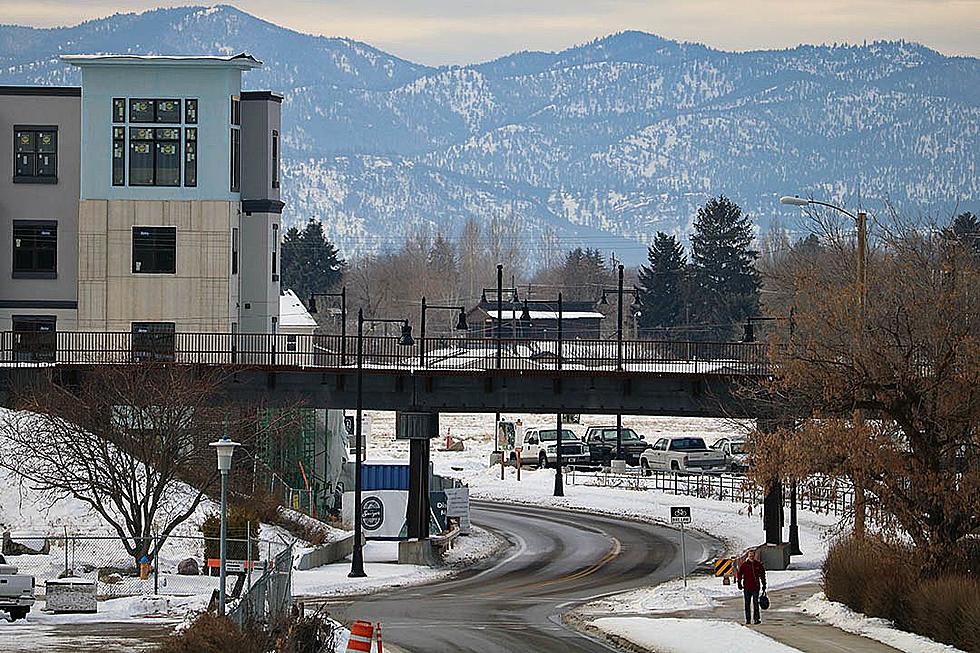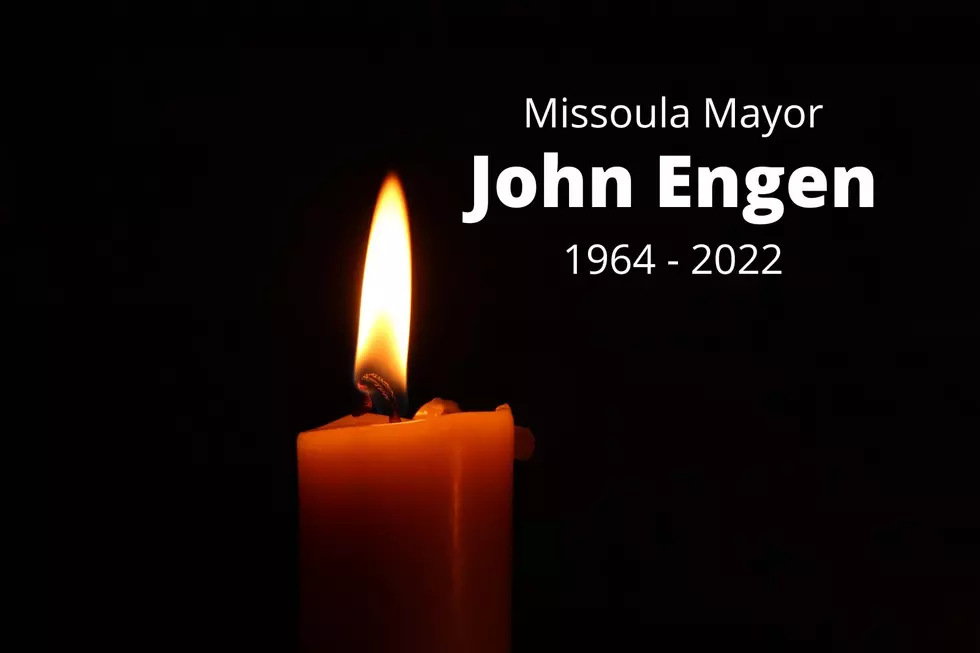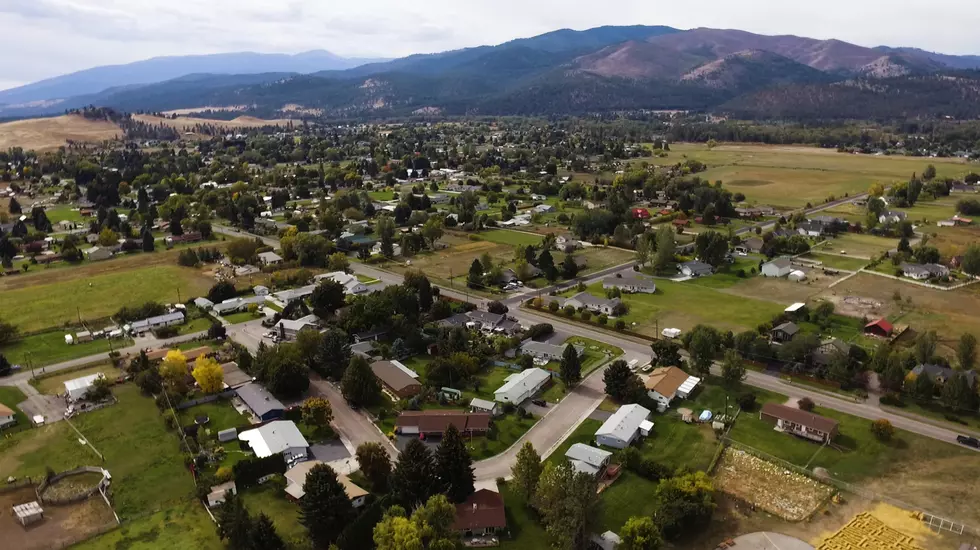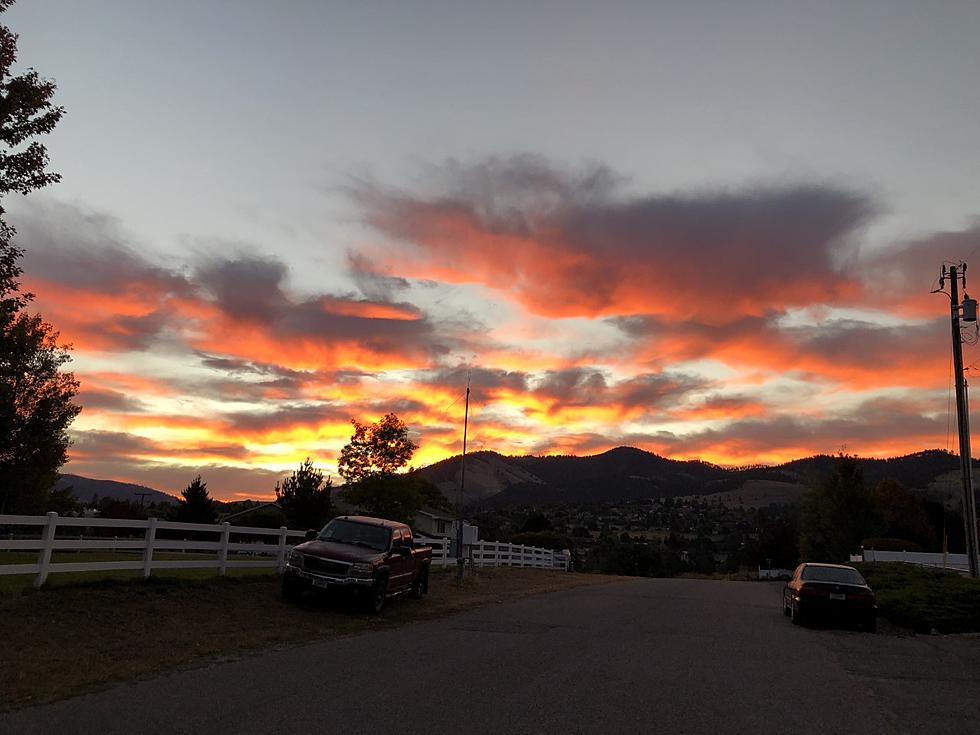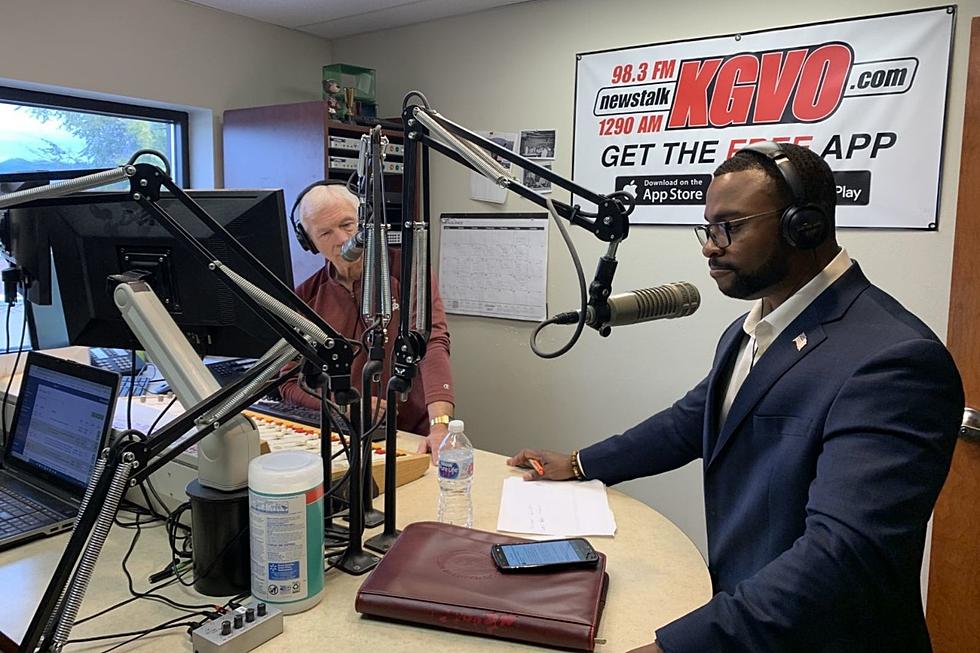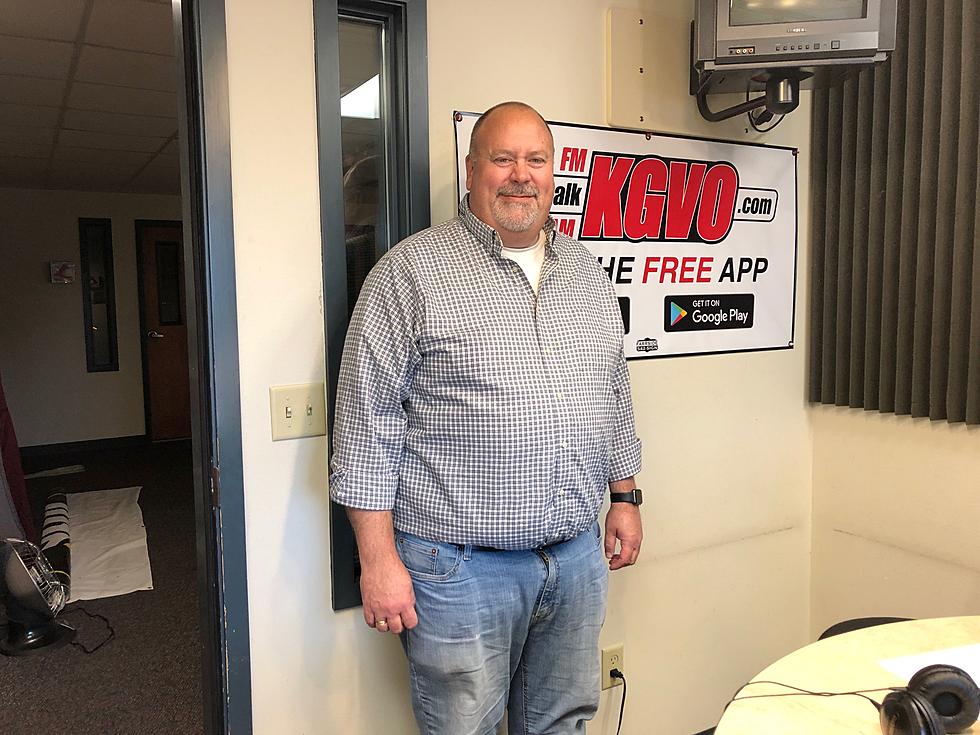
City Club Tackles TIF with Comments by Browder, Engen and Hertz
Tax Increment Financing has been a part of the city of Missoula’s lexicon since the 1970’s when Southgate Mall was built and the downtown area was labeled as blighted and designated as an urban renewal district.
Missoula’s City Club presented three views on Tax Increment Financing on Monday, moderated by Jill Valley from KPAX-TV and featuring UM Law Professor Pippa Browder, Missoula Mayor John Engen and Realtor/Real Estate Developer Adam Hertz with ERA/Lambros, presented online via ZOOM.
Browder provided a brief definition of Tax Increment Financing.
“The long-term purpose of Tax Increment Financing is to stimulate certain types of real estate development by both private and government actors,” said Browder. “Tax Increment Financing is intended to pay for the difference between the higher cost of real estate development projects in urban renewal-type settings as opposed to the cost that would exist for new construction on previously vacant land.”
Following Professor Browder’s presentation, Valley introduced Missoula Mayor John Engen, long a proponent of TIF and its value to the community. Engen provided just a few projects that were funded, at least in part, by TIF monies.
“So, in terms of public infrastructure, TIF has built 15 miles of sidewalks, 10 miles of streets, nine bridges, either over the Clark Fork River, railroad tracks, streets or irrigation ditches,” said Engen. “There are 8.4 miles of trails, 94 acres of parks improvements, parking structures such as Central Park, Bank Street, Park Place and the Roan Structure would not exist but for investment through the Missoula Redevelopment Corporation and TIF.”
On the other side of the issue is Adam Hertz, who served on the Missoula City Council for four years and also in the state legislature. Hertz said TIF has moved far beyond its original purpose of improving blighted areas, and into what many have termed corporate welfare.
“The important thing to note is that helping nonprofits, growing the tax base, creating jobs and economic development are all great things,” said Hertz. “None of them are mentioned in state law as it exists today when it comes to urban renewal districts. The goal is simply the elimination of blight, and in my view, certainly that definition could use a lot of work at the state level. Also in my view, I think it’s pretty hard to make an argument that there is very much blight that exists in the city of Missoula.”
Following the three presentations, the floor was opened to questions from the online audience.
A full presentation will be linked to this story when it becomes available.
More From Newstalk KGVO 1290 AM & 98.3 FM
